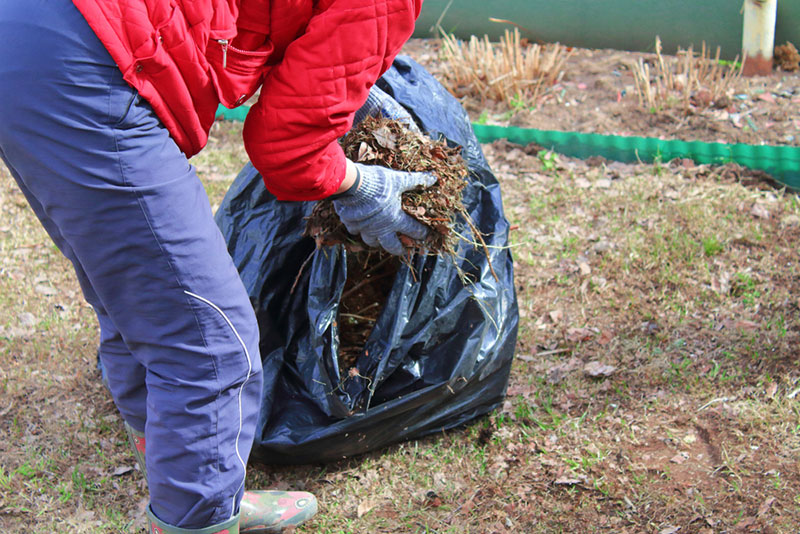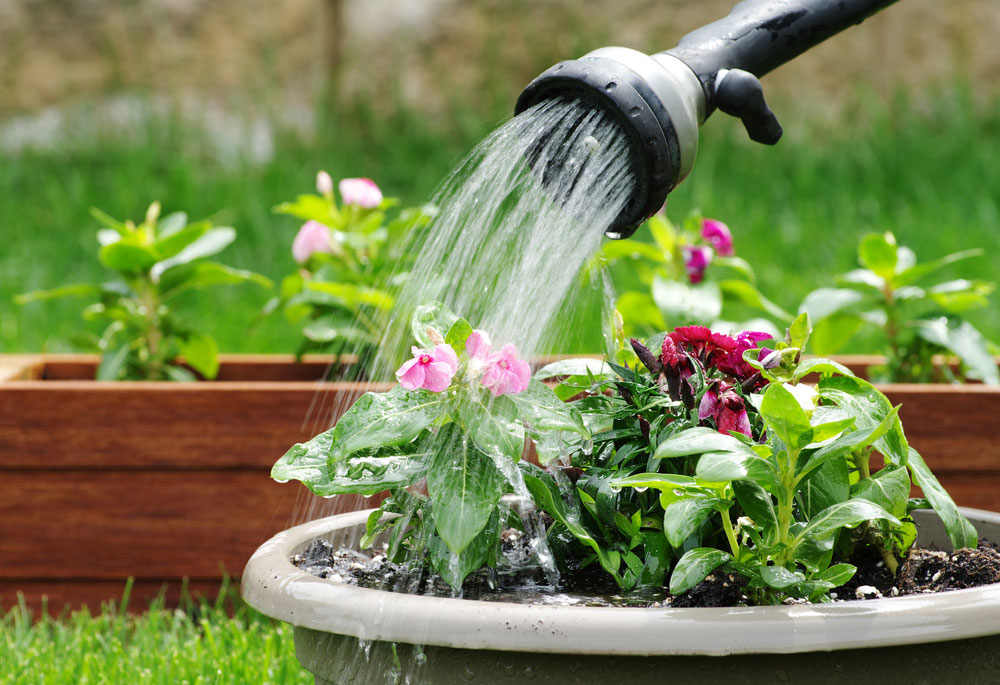
Are you ready to take your gardening game to the next level? Saving seeds from your favorite flowers is a rewarding and cost-effective way to ensure a vibrant garden year after year.
In this guide, we’ll explore the top 10 easiest seeds to save, helping you create a stunning landscape without breaking the bank.
Let’s dive into the colorful world of seed saving and discover how you can keep your garden thriving season after season!
1. Sunflower
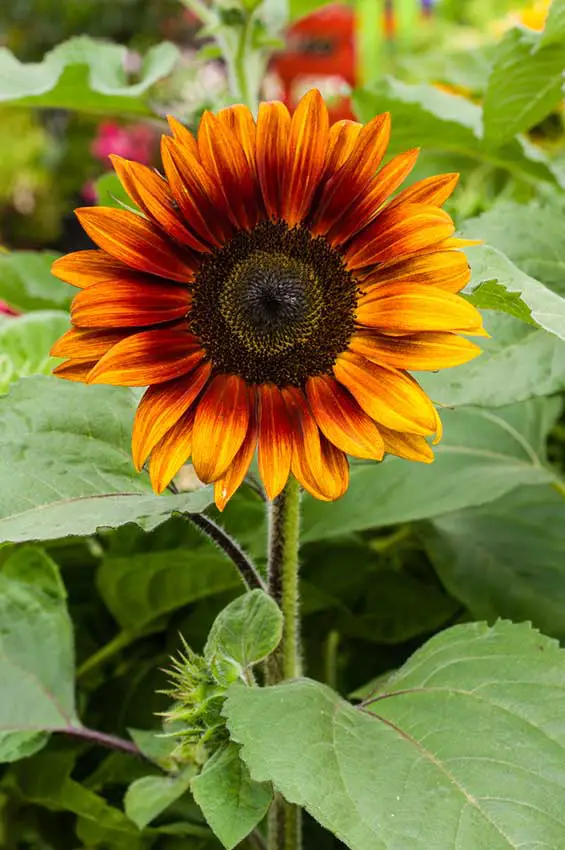
Who doesn’t love the cheerful face of a sunflower? These gentle giants are not only a joy to grow but also incredibly easy to save seeds from. As summer fades, let the flower heads dry right on the plant. You’ll know they’re ready when the back of the head turns brown and the seeds look plump and loose.
To harvest, simply cut off the head and rub it to release the seeds. It’s like nature’s own lottery – you never know what unique varieties you might get next year! Plus, saving sunflower seeds is a great activity to do with kids, teaching them about the plant life cycle.
2. Zinnia

Zinnias are the unsung heroes of the garden, bringing pops of color all summer long. These hardy annuals are a breeze to grow and even easier to save seeds from. Wait until the flowers are completely dry and crispy on the plant – they’ll look a bit like mini pine cones.
Gently break open the dried flower head, and you’ll find a treasure trove of seeds inside. Each seed looks like a tiny arrowhead. Collect these, and you’ll have a rainbow of zinnias ready for next spring. It’s like having a paint palette for your garden!
3. Marigold

Marigolds are the workhorses of the garden, blooming tirelessly from spring to fall. Their seeds are a cinch to save, making them perfect for beginner seed savers. Once the flowers have faded and dried on the plant, gently pull out the seed-bearing centers.
Each dried petal holds a long, thin seed. They’re easy to spot and collect, looking a bit like tiny paintbrushes. Saving marigold seeds is like bottling sunshine for next year’s garden. Plus, you’ll have plenty to share with friends and neighbors!
4. Snapdragon

Snapdragons add vertical interest and a touch of whimsy to any garden. While their seeds are tiny, they’re surprisingly easy to save. After the flowers fade, small pods will form at the base. Wait until these pods turn brown and start to split open.
Gently squeeze the pods over a piece of paper to release the seeds. They’re so small, they look like specks of dust! But don’t let their size fool you – each one holds the promise of a colorful snapdragon tower. It’s like magic in miniature!
5. Morning Glory

Morning glories are the early birds of the garden, greeting each day with their trumpet-shaped blooms. These vigorous climbers are prolific seed producers, making them ideal for seed saving. Look for round seed pods that form after the flowers fade.
When the pods turn brown and start to split, it’s harvest time! Each pod contains several large, easy-to-handle seeds. Saving morning glory seeds is like collecting little pieces of the sky. Just be prepared – they love to self-seed, so you might find surprise blooms in unexpected places!
6. Cosmos
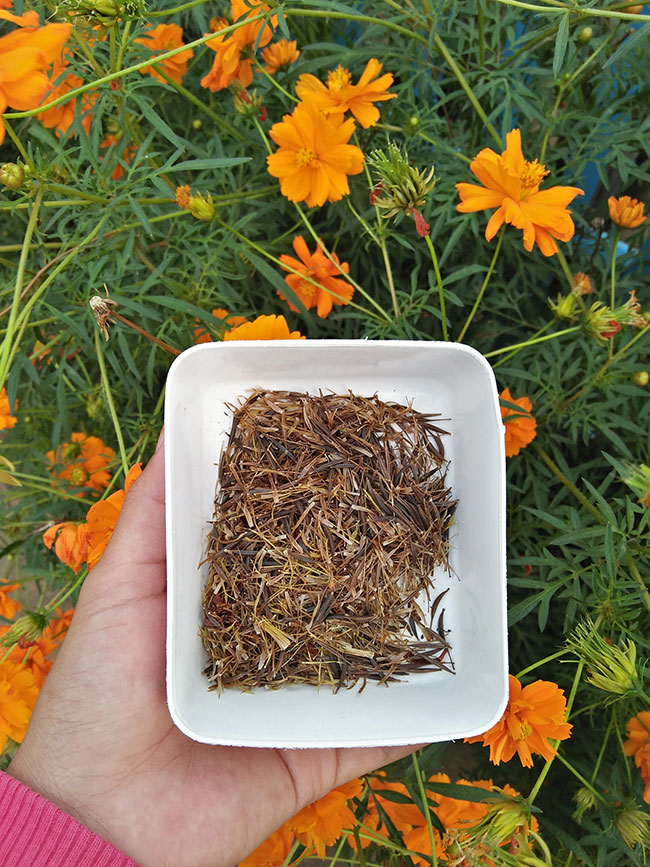
Cosmos are the delicate dancers of the garden, swaying gracefully in the breeze. Their seeds are a joy to save, with each flower producing a cluster of long, thin seeds. Wait until the flower petals have fallen off and the center is dry and brown.
Gently pull apart the dried flower head to reveal the seeds. They look like tiny needles or pine needles. Saving cosmos seeds is like preserving a bit of summer’s carefree spirit. And the best part? They often self-seed, so you might get some bonus blooms!
7. Nasturtium
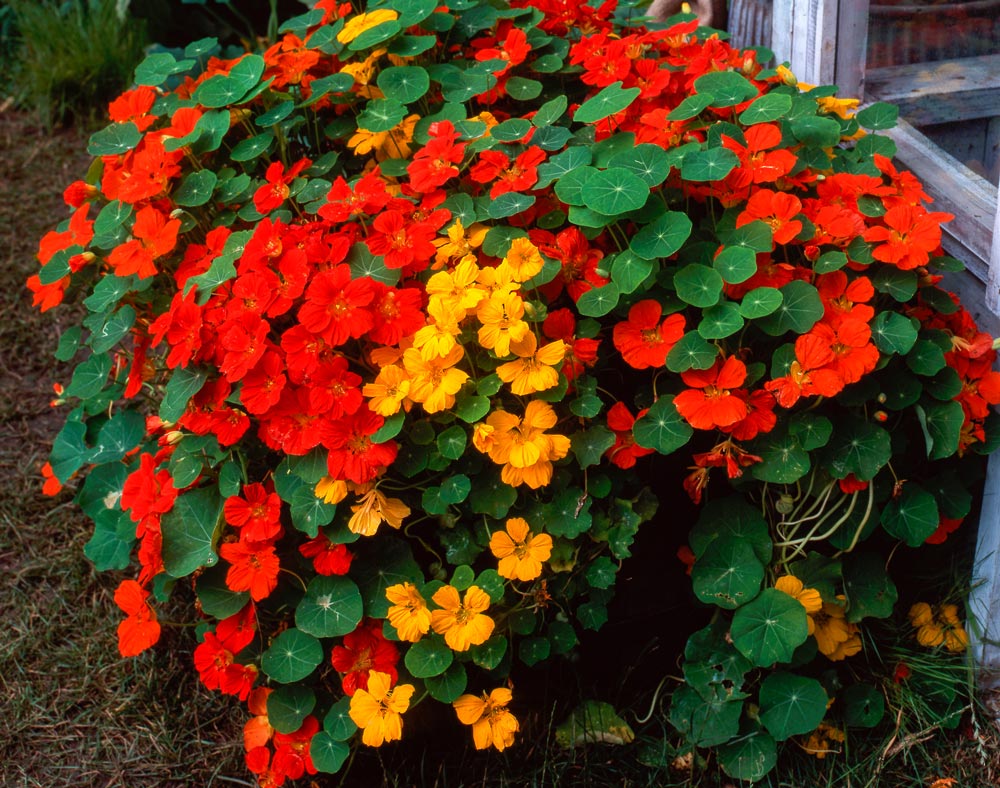
Nasturtiums are the multi-taskers of the garden – beautiful, edible, and easy to grow. Their seeds are large and distinctive, looking like wrinkled peas. After the flowers fade, you’ll see these seeds forming in clusters of three.
Wait until they’re dry and light brown, then simply pluck them from the plant. Saving nasturtium seeds is like collecting little sculptures. And don’t forget – the leaves and flowers are edible too, adding a peppery kick to salads!
8. Petunia

Petunias are the quintessential hanging basket flower, but they’re also great for seed saving. Their seeds are incredibly tiny, but don’t let that deter you! Look for small, oval seed pods that form after the flowers fade.
When the pods turn brown and start to split, tap them gently over a piece of white paper to collect the dust-like seeds. Saving petunia seeds is like working with fairy dust – you’ll need a steady hand and good eyesight! But the reward is an endless supply of these versatile bloomers.
9. Hollyhock

Hollyhocks are the skyscrapers of the flower world, adding dramatic height to any garden. Their seeds are easy to spot and save, making them perfect for novice seed savers. Look for flat, round seed pods that form in stacks along the stem after flowering.
When the pods turn brown and papery, it’s time to harvest. Each pod contains several large, disc-shaped seeds. Saving hollyhock seeds is like collecting poker chips from nature’s casino. And with their biennial nature, you’ll have blooms every year once you get them established!
10. Black-Eyed Susan

Black-Eyed Susans are the cheerleaders of the late summer garden, with their bright yellow petals and dark centers. Saving their seeds is a breeze. Wait until the flower head is completely dry and the center cone is dark and prickly.
Gently rub the cone between your fingers over a container to release the seeds. They’re small and slender, almost like tiny commas. Saving Black-Eyed Susan seeds is like bottling late summer sunshine. And they’re prolific self-seeders, so expect some surprises in your garden next year!
Tips for Successful Seed Saving
Now that you know which flowers are easiest to save seeds from, let’s talk about how to ensure those seeds stay viable for next season. Follow these simple tips, and you’ll be well on your way to a thriving, self-sustaining garden!
Timing is Everything
Patience is key when it comes to seed saving. Wait until the seeds are fully mature before harvesting. This usually means letting the flower heads dry completely on the plant. It might look a bit messy, but it’s worth it for healthy seeds!
Dry, Dry, and Dry Some More
After harvesting, make sure your seeds are thoroughly dry before storing. Spread them out in a single layer in a well-ventilated area, away from direct sunlight. A fan can help speed up the process. Remember, moisture is the enemy of seed longevity!

Cool and Dry Storage
Once your seeds are completely dry, store them in a cool, dry place. Airtight containers like mason jars or zip-top bags work great. Add a silica gel packet to absorb any excess moisture. Think of it as tucking your seeds in for a cozy winter nap!
Label Everything
Trust us, you think you’ll remember which seeds are which, but come spring, it’s easy to forget. Label each container with the plant name and the date you harvested the seeds. It’s like giving your future self a helpful reminder!
Test for Viability
Before planting season, do a quick germination test. Place a few seeds on a damp paper towel, fold it over, and keep it warm and moist. Check after a week to see how many have sprouted. It’s like a little science experiment in your kitchen!
Share the Wealth
Seed saving often results in more seeds than you can use. Why not share with friends, family, or local gardening groups? It’s a great way to swap varieties and spread the joy of gardening. Plus, it’s like giving the gift of future flowers!
Conclusion
Saving seeds is more than just a money-saving technique – it’s a way to connect with nature’s cycles and preserve plant diversity.
By saving seeds from these easy-to-grow flowers, you’re not only ensuring a beautiful garden for next season but also becoming part of a long tradition of gardeners who have passed down plant genetics through generations.
Remember, each seed you save carries the potential for beauty, pollinator support, and the simple joy of watching something grow from your own efforts.
So go ahead, let those flower heads dry, collect those seeds, and dream of the colorful paradise you’ll create next spring.








